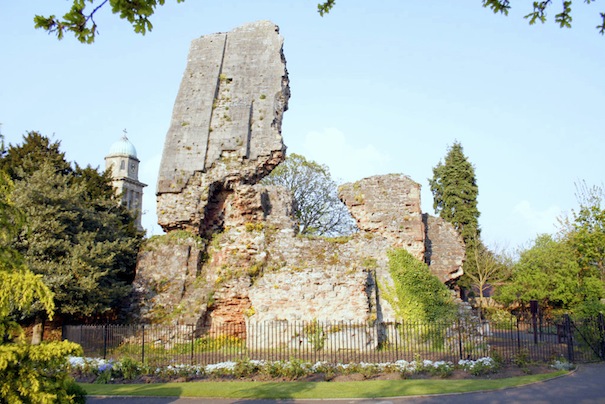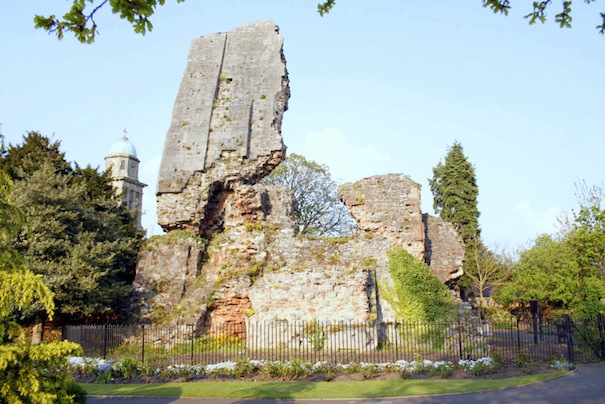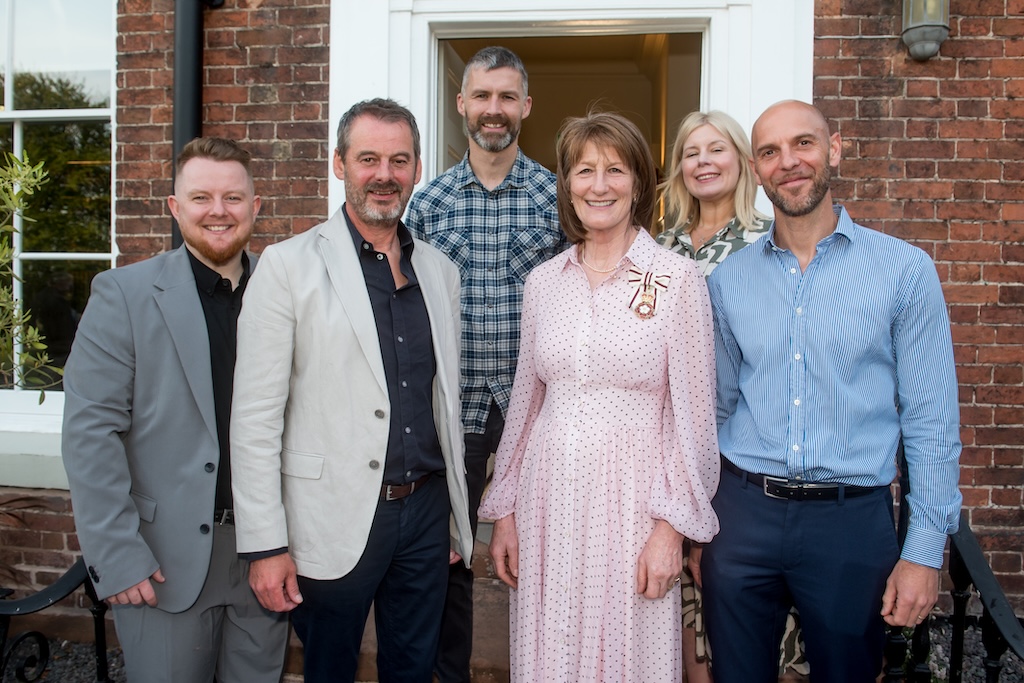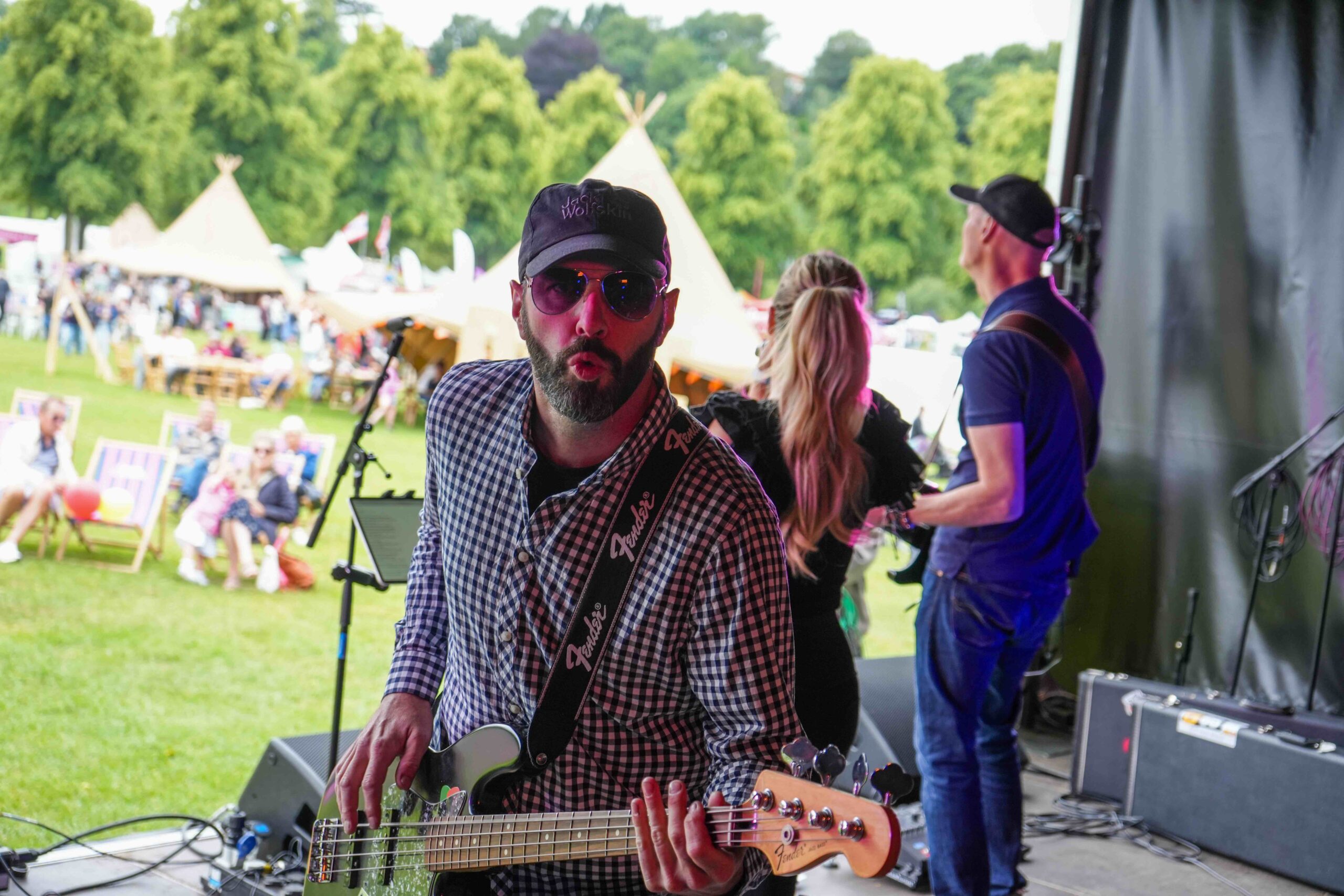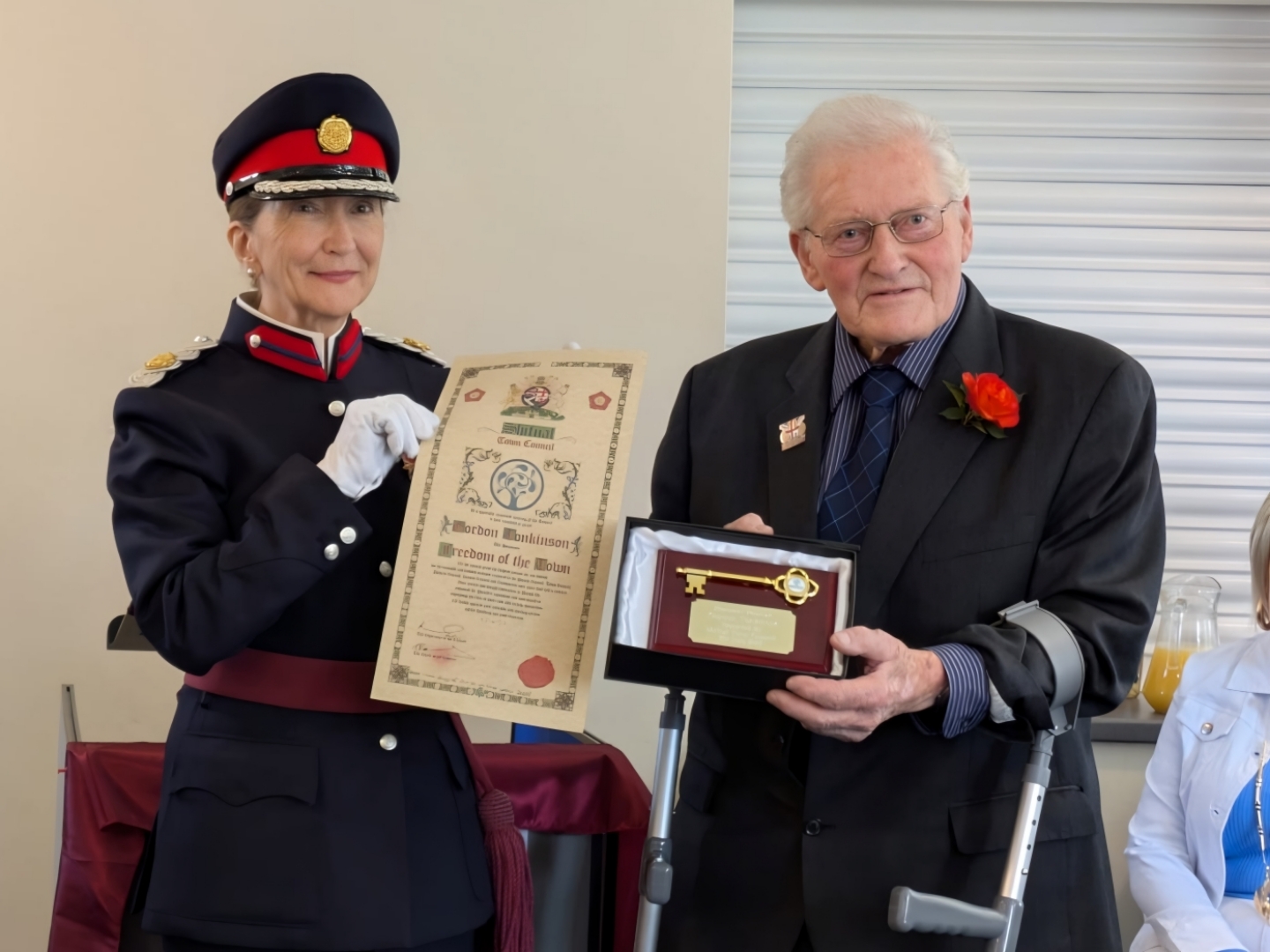Shropshire’s position on the Welsh marches resulted in a frenzy of castle building, with over 30 fortresses gracing the landscape. What’s What! asked visiting writer and amateur historian Stephen Roberts to take us on a whistle-stop tour and pick his favourites as well as illustrate the lasting ravages of the English Civil War…
Acton Burnell has a ruined castle next to the church and a place in history. It was here that Edward I came in 1283 for the first ever Parliament, when the castle itself was just completed. The Burnells joined with the Lovells in 1315 and Lord Francis Lovell, famously fought with Richard III at Bosworth, mysteriously disappearing afterwards.
Bridgnorth Castle sits on the edge of a cliff overlooking the River Severn from its vantage point. Predominantly a ruin, the most distinctive thing about the castle is the 70 foot tall, 12th century keep that rests at an angle of 17˚, having been besieged by Parliamentarians in 1646 during the English Civil War. The tower was mined then slighted, before toppling to its current repose. The mine (Lavington’s Hole) is still visible and when it was investigated at the beginning of the 20th century, old candles were discovered, presumably used by the sappers for lighting. Much of the rest of the castle was demolished by Cromwell’s troops and the stone used to repair the town’s damaged buildings. Other noteworthy events connected with Bridgnorth; during the ‘Anarchy’ and suppression of the Barons in the 12th century, Henry II besieged Bridgnorth and almost lost his life to an archer, saved by the heroic Hubert St Clair diving in front of the king to take the arrow and paying with his life. Edward II would later be captured here by Roger Mortimer, on his way to deposition and death.
Hopton still has its 12th century keep, held for Parliament by Henry Wallop in 1644, with a small contingent of 31 men. In Wallop’s absence it was Commander Samuel More who took the rap when the castle was captured by 500 Royalists. The story goes that the brave 31 were tied back to back and pushed into the nearby pond.
No account of Shropshire castles would be complete without Ludlow, which was the most important of all those guarding the marches. Stories abound of the bastion perched on a cliff overlooking the Teme and Corve, of successful sieges, ambushes and treachery, famous prisoners, the nearby Battle of Ludford Bridge (1459), royal visitors aplenty, the famous 12th century circular chapel, the Court of the Marches and even some literary connections. Ironically the castle survived the English Civil War, only to become ruinous in the reign of George I when lead was stripped from the main hall’s roof.
Moreton Corbet near Shawbury has ruins of both a castle and later Elizabethan manor. The house was built by Roger Corbet (1579), but never finished as he died of plague. Sir Vincent Corbet garrisoned the house with 110 men for the Royalists, only to see it captured in a night attack. The roof was removed and the Corbets never returned, castle and house becoming shells, the latter numbered amongst this country’s finest Elizabethan architectural ruins.
Myddle Castle is modest today, with just a stair turret remaining. Built by Lord le Strange (1307), the last Strange owner was George Stanley, held hostage by Richard III at Bosworth whilst his notoriously opportunistic father, Lord Stanley, decided which side to support. The castle was partly destroyed in an earthquake in 1688.
Oswestry became the HQ of King John during his war against the Welsh. Some of the owners fared badly. Edmund, Earl of Arundel, was killed because of his friendship with the ill-fated Edward II, whilst Thomas Howard fell in Elizabeth I’s reign for supporting the cause of another doomed monarch, Mary Queen of Scots. The castle was destroyed during the English Civil War; only the mound remains.
Shrawardine devolved upon the Bromleys, one of whom presided at Mary Queen of Scots’s trial. During the English Civil War Col Vaughan held out for the Royalists, but whilst out sallying was captured by Parliamentarians, who led him back to Shrawardine. The castle’s defenders were for giving up when they saw Vaughan a prisoner, but, giving his captors the slip; he dashed over the drawbridge as it was raised. The castle (and Vaughan) held out until 1645 when it was finally taken and razed to the ground.
Shrewsbury Castle dates to c1080 when Roger de Montgomery built it on a loop of the Severn. The castle was captured by King Stephen during the Anarchy, the garrison all hanged, except owner William Fitzalan who escaped. Henry II used Shrewsbury as a base for attacks against the Welsh and in 1283 Edward I witnessed the execution of the Welsh king, David, in the castle yard. Henry IV garrisoned the castle before the famed Battle of Shrewsbury (1403). As a Royalist stronghold in the English Civil War it fell victim to a Parliamentarian night attack in 1645. Today it houses the Shropshire Regimental Museum.
Stokesay, the best preserved fortified manor house in England, was built for comfort rather than defence, as evidenced by large windows. Fortunately, whilst the church was damaged, the castle’s only loss during the English Civil War was a lowering of the east wall. Stokesay bestows a rural scene today that is perhaps without equal in all England.
A round up of Shropshire’s castles… (Castle, Built, Comment)
Acton Burnell
Edward Burnell
First parliament held here (1283)
Alderbury
Fitzwarines
Remains of small keep and curtain walls
Apley
John Charlton
3 castles, last of which demolished
Bishop’s Castle
Bishop of Hereford
Few stones of shell keep remain
Bridgnorth
Earl Robert de Belleme
Castle slighted, keep stands at angle of 17˚
Broncroft
Sir Simon Burley
Shropshire’s only inhabited castle
Caus
Roger Fitz Corbet
Destroyed during the English Civil War
Charlton
Not known
Mound of 14th century manor remains
Clun
de Says
3 baileys connected by causeways
Ellesmere
Peverels
Nothing remains, site now a bowling green
Holgate
Not known
Motte & bailey plus 14th century tower
Hopton
de Says
12th century keep still stands
Knockin
Strange family
Demolished during King John’s reign
Ludlow
Roger de Lacy
Principal castle guarding Welsh marches
More
More
Motte and 2 baileys dating from c1215
Moreton Corbet
Turret family
One of finest Elizabethan ruins in country
Myddle Castle
Lord le Strange
Only stair turret remains
Oswestry
Reginald de Ballieul
Destroyed in Civil War, only mound remains
Quatford
Roger de Montgomery
19th century ‘sham’ castle exists today
Redcastle
Lord Audley
Only a few stones remain
Rowton
de Says
19th century castle on site of ancient castle
Ruyton
Edmund Fitzalan
Ruins of 14th century castle
Shrawardine
Henry I
Razed to the ground during the Civil War
Shrewsbury
Roger de Montgomery
Many repairs carried out by Thomas Telford
Stokesay
de Says
England’s best preserved fortified manor
Tong
Capability Brown
18th century castle demolished in 1960s
Wattleborough
Roger Fitz
Corbet Castle keep still stands next to farmhouse
Whitchurch
Not known
Norman castle once stood by the old mill
Whittington
Fulk de Warenne
Had 5 towers until 1790 when one fell

